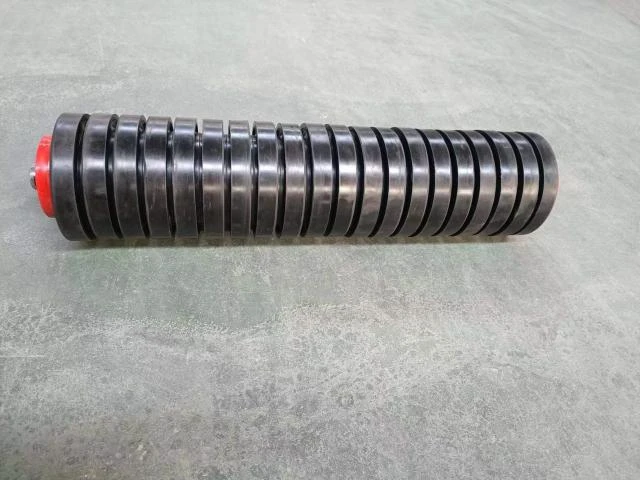 Afrikaans
Afrikaans  Albanian
Albanian  Amharic
Amharic  Arabic
Arabic  Armenian
Armenian  Azerbaijani
Azerbaijani  Basque
Basque  Belarusian
Belarusian  Bengali
Bengali  Bosnian
Bosnian  Bulgarian
Bulgarian  Catalan
Catalan  Cebuano
Cebuano  Corsican
Corsican  Croatian
Croatian  Czech
Czech  Danish
Danish  Dutch
Dutch  English
English  Esperanto
Esperanto  Estonian
Estonian  Finnish
Finnish  French
French  Frisian
Frisian  Galician
Galician  Georgian
Georgian  German
German  Greek
Greek  Gujarati
Gujarati  Haitian Creole
Haitian Creole  hausa
hausa  hawaiian
hawaiian  Hebrew
Hebrew  Hindi
Hindi  Miao
Miao  Hungarian
Hungarian  Icelandic
Icelandic  igbo
igbo  Indonesian
Indonesian  irish
irish  Italian
Italian  Japanese
Japanese  Javanese
Javanese  Kannada
Kannada  kazakh
kazakh  Khmer
Khmer  Rwandese
Rwandese  Korean
Korean  Kurdish
Kurdish  Kyrgyz
Kyrgyz  Lao
Lao  Latin
Latin  Latvian
Latvian  Lithuanian
Lithuanian  Luxembourgish
Luxembourgish  Macedonian
Macedonian  Malgashi
Malgashi  Malay
Malay  Malayalam
Malayalam  Maltese
Maltese  Maori
Maori  Marathi
Marathi  Mongolian
Mongolian  Myanmar
Myanmar  Nepali
Nepali  Norwegian
Norwegian  Norwegian
Norwegian  Occitan
Occitan  Pashto
Pashto  Persian
Persian  Polish
Polish  Portuguese
Portuguese  Punjabi
Punjabi  Romanian
Romanian  Russian
Russian  Samoan
Samoan  Scottish Gaelic
Scottish Gaelic  Serbian
Serbian  Sesotho
Sesotho  Shona
Shona  Sindhi
Sindhi  Sinhala
Sinhala  Slovak
Slovak  Slovenian
Slovenian  Somali
Somali  Spanish
Spanish  Sundanese
Sundanese  Swahili
Swahili  Swedish
Swedish  Tagalog
Tagalog  Tajik
Tajik  Tamil
Tamil  Tatar
Tatar  Telugu
Telugu  Thai
Thai  Turkish
Turkish  Turkmen
Turkmen  Ukrainian
Ukrainian  Urdu
Urdu  Uighur
Uighur  Uzbek
Uzbek  Vietnamese
Vietnamese  Welsh
Welsh  Bantu
Bantu  Yiddish
Yiddish  Yoruba
Yoruba  Zulu
Zulu Design and Functionality of Snub Pulley in Belt Conveyor Systems
Understanding Snub Pulley for Belt Conveyors
Belt conveyors are an integral part of various industries, including manufacturing, mining, and logistics. They are designed to transport materials from one place to another efficiently. One of the key components that enhances the performance of belt conveyors is the snub pulley. In this article, we will explore the function, benefits, and applications of snub pulleys in belt conveyor systems.
What is a Snub Pulley?
A snub pulley is a specific type of pulley that is used to increase the effectiveness of a belt conveyor. Positioned near the drive pulley, the snub pulley serves to redirect the conveyor belt, helping to increase the wrap angle around the drive pulley. This increased contact area between the belt and the drive pulley improves the frictional grip, enabling the belt to transmit more power without slipping.
Function of Snub Pulleys
The primary function of a snub pulley is to alter the path of the conveyor belt. By adjusting the belt's direction, the snub pulley increases the amount of belt surface in contact with the drive pulley, which enhances the overall efficiency of the conveyor system. Additionally, snub pulleys play a vital role in maintaining belt tension; they help achieve an optimal tension level that prevents excessive slack while avoiding undue wear on the belt.
Another important aspect of snub pulleys is their contribution to reducing belt sag. Conveyor belts need to have a certain amount of tension to function properly. If a belt sags too much, it may lead to inefficiencies and can even cause mechanical failures. Snub pulleys mitigate these issues by ensuring that the belt maintains a proper level of tension across its path.
Benefits of Snub Pulleys
1. Enhanced Grip and Power Transmission By increasing the contact area between the belt and the drive pulley, snub pulleys aid in maximizing grip, which is essential for effective power transmission. This is particularly important in heavy-duty applications where loads are significant.
2. Reduced Slippage Slippage can lead to performance issues and material spillages. Snub pulleys help to eliminate slippage by ensuring an adequate wrap angle around the drive pulley.
snub pulley for belt conveyor

3. Extended Belt Life A properly tensioned and adjusted belt experiences less wear and tear. Snub pulleys help maintain the optimal tension, thus extending the service life of the conveyor belt.
4. Improved System Efficiency By enhancing grip and reducing slippage, snub pulleys contribute to more efficient material handling operations, leading to increased productivity.
5. Versatility Snub pulleys can be utilized in various conveyor configurations, making them suitable for different applications across multiple industries.
Applications of Snub Pulleys
Snub pulleys find their applications in numerous sectors. In the mining industry, where heavy materials are transported, the reliable functioning of a belt conveyor is crucial. Snub pulleys aid in managing the heavy loads while ensuring efficient operation.
In manufacturing plants, snub pulleys can be used in assembly lines, where precision and reliability are paramount. These pulleys help maintain the integrity of the conveyor system, crucial for the efficient transport of materials.
Additionally, snub pulleys are invaluable in logistics and warehousing settings, where they facilitate the movement of packages and goods on conveyor belts. Their ability to enhance efficiency directly contributes to improved operational throughput and reduced processing times.
Conclusion
In summary, snub pulleys play a critical role in the functioning of belt conveyors. By increasing grip, maintaining tension, reducing slippage, and improving overall efficiency, they are essential components for any conveyor system operating in various industries. As the demand for efficient material handling continues to rise, the importance of snub pulleys will further magnify, making them indispensable in modern conveyor technology. Understanding the significance of snub pulleys can lead to better maintenance practices, enhanced operational efficiency, and ultimately greater success in material handling operations.
-
Revolutionizing Conveyor Reliability with Advanced Rubber Lagging PulleysNewsJul.22,2025
-
Powering Precision and Durability with Expert Manufacturers of Conveyor ComponentsNewsJul.22,2025
-
Optimizing Conveyor Systems with Advanced Conveyor AccessoriesNewsJul.22,2025
-
Maximize Conveyor Efficiency with Quality Conveyor Idler PulleysNewsJul.22,2025
-
Future-Proof Your Conveyor System with High-Performance Polyurethane RollerNewsJul.22,2025
-
Driving Efficiency Forward with Quality Idlers and RollersNewsJul.22,2025





























